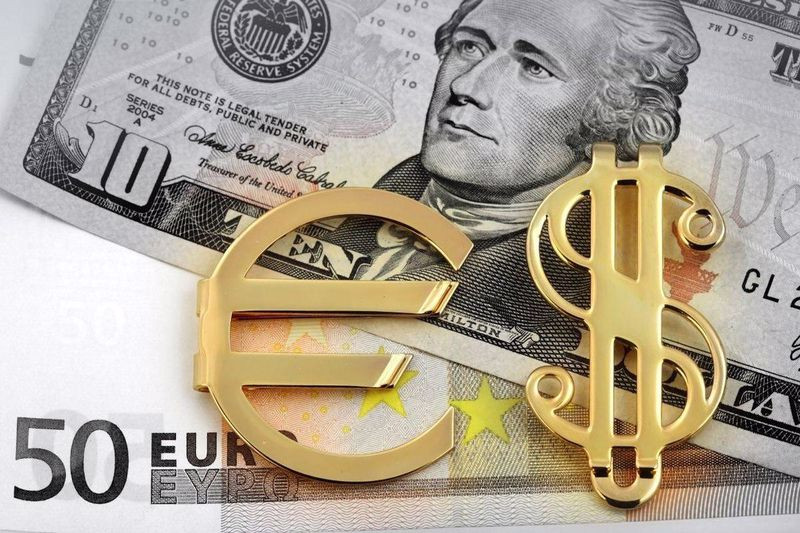
Global markets started the new week on a minor note due to the alarming news that came from China.
Thus, weak business activity data for October in China spurred fears about further contraction of the national economy.
The PMI index in the country's manufacturing sector fell to 49.2 points this month compared with 50.1 points in September, and the PMI index in the service sector plunged to 48.7 points against the previous indicator of 50.6 points. Analysts expected the first indicator to decrease only to 50 points, and the second to 50.2 points.
The decision of the Chinese authorities to impose a strict ban on entry to Wuhan due to the increase in the number of cases of coronavirus did not add to the positive.
As a result, the protective greenback was in the foreground, as investors were forced to seek refuge.
On Monday, the US currency rose to the highest levels in the last four sessions around 111.50, restoring some of the positions lost earlier in October.
Nevertheless, the dollar may show a decline on a monthly basis (by 0.5%) in October. This will be its first fall since May and only the second this year.
There was some sell-off in the USD last week, as expectations grew that signs of economic weakness in the United States would lead the Federal Reserve to indicate a less drastic pace of monetary policy tightening.
However, at the end of the last five days, this topic began to dry up.
"Apparently, the markets expected a correction in the Fed's policy. We think it was premature given the resilience of the economy and very high inflation," Commonwealth Bank of Australia strategists said.
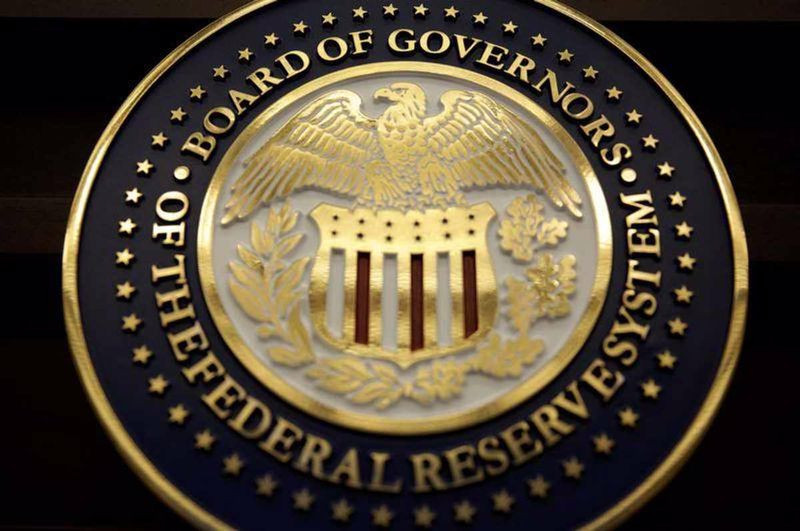
The US GDP data released on Thursday for the third quarter exceeded experts' expectations. The indicator increased by 2.6% against the projected growth of 2.4%.
Reports released on Friday showed that the Fed's preferred measure of inflation (the personal consumption expenditure index) remains very high, and American households continue to spend more despite this.
Thus, the Fed still has something to work on before it can declare that inflation has been tamed. Therefore, it may be too early to expect a dovish reversal from the US central bank.
"Since inflation is not behaving as the Fed would like, the central bank will be reluctant to reduce the pace of rate hikes until there is evidence that price pressure is easing," ING analysts noted.
It seems that the monthly USD correction by 4.5% could have ended last Thursday, and this week's events could be a catalyst for the dollar's return to highs, they believe.
"In our baseline scenario, we see that the greenback will test the highs again later this year," ING reported.
Last week, the US currency found strong support around 109.50.
On Monday, it extended the upward momentum north of the 111.00 mark.
The continuation of the rebound may aim for the area of monthly highs in the 114.00 zone.
It is expected that in the near term, the dollar will tend to grow as long as it trades above the eight-month support line, which runs around 108.50, strengthened by the 100-day moving average.
In the long term, USD will remain constructive as long as it is above the 200-day moving average at 104.15.
Amid the strengthening of the greenback with a broad front, the EUR/USD pair sank to the lowest values since October 25 in the area of 0.9875.

The single currency remains heavy despite higher-than-expected eurozone inflation data for October, Brown Brothers Harriman economists say. They expect the EUR/USD pair to challenge the low of October 21 in the area of 0.9705 when moving below 0.9855.
Eurostat just reported that consumer prices in the eurozone jumped by a record 10.7% in October. The indicator exceeded the 10.3% expected by the market.
The main source of inflationary pressure is still associated with rising fuel prices, while the energy component grew by an impressive 41.9% year-on-year.
Food became the second largest factor in the growth of inflation, increasing by an estimated 13.1% in the year to October.
At the same time, the price increase was widespread and signaled that inflation would remain above the European Central Bank's 2% target for a long period.
It is obvious that the ECB needs further substantial rate hikes to tame inflation. In previous cycles of monetary policy tightening, the central bank raised the key rate by about the level of inflation in order to overcome price increases.
However, now the ECB most likely cannot afford it due to the high debt burden of European countries and the prospects that the economy of the currency bloc will enter a contraction zone in the fourth quarter.
Inflation continues to rise, which prepares the eurozone economy for a harsh winter as a recession looms, ING strategists say.
The tone of the ECB's statements following the October meeting was less hawkish than expected. This indicates that in the future we should not expect such a large-scale increase in rates, which the central bank implemented last week, experts believe.
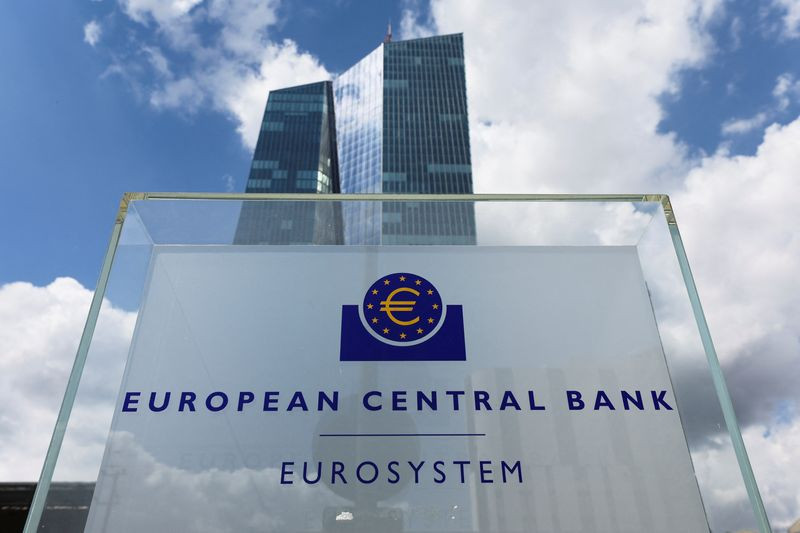
"Due to the weakening of economic conditions and the approaching recession, we think that the ECB will make its next rate hike a slightly smaller step – by 50 basis points," ING said.
"At a time when global economic growth is in question, we believe that the euro will remain under pressure. That's why last Thursday's high of 1.0089 in the EUR/USD pair could be a significant level. Closing below the 0.9900-0.9910 area this week would support our preferred forecast for EUR/USD, according to which the pair will retest the lows of the year near 0.9500," the bank's analysts noted.
Commerzbank economists expect that the main currency pair will again show a downward trend.
"Since inflation expectations in the eurozone have already become detached from the ECB's 2% target, we fear that even the smallest inflationary shock may cause unfavorable dynamics of EUR/USD. This is even more likely if the market assumes that the ECB will not raise interest rates strongly enough in response to rising inflation, as it takes into account the state of the economy," they said.
"Sooner or later, the euro is likely to take a weakening course again, especially against the US dollar, as the market considers the Fed to be much more decisive in the fight against inflation," Commerzbank added.
Investors are on standby ahead of the next FOMC meeting, which starts on Tuesday and ends on Wednesday.
"After seeing a slightly more balanced tone from some other central banks, the main question is whether we will get something similar from the Fed or a hawkish surprise will follow," Lombard Odier strategists said.
Since the Fed's preferred inflation rate is more than twice the 2% target, there is little doubt that the central bank will again raise the cost of borrowing by 75 basis points for the fourth consecutive time, bringing the key rate to the level of 3.75-4.00%.
But what will happen next is less clear.
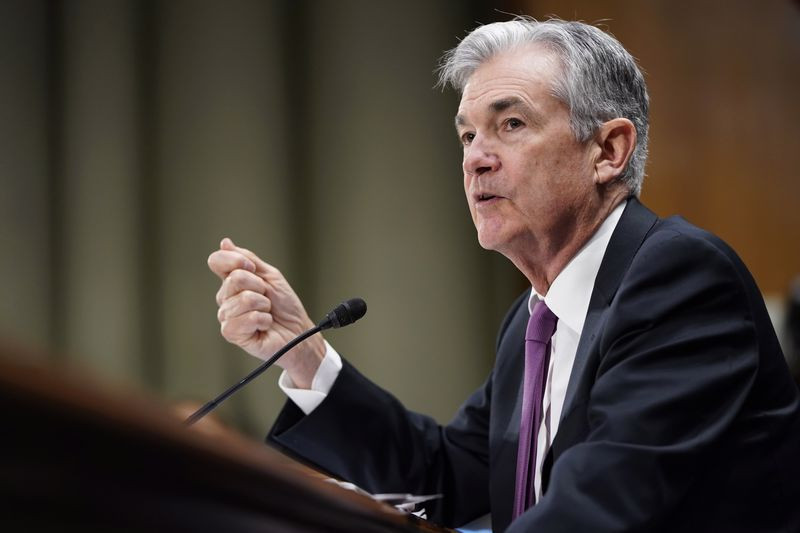
In September, Fed Chairman Jerome Powell said that at some point it would be appropriate to slow down the pace of rate hikes and to summarize how the sharpest increase in borrowing costs in 40 years affects the economy.
The definition of this moment, or at least its parameters, may be the subject of discussion at the central bank's meeting this week.
The forecasts of the US central bank, published at the end of last month, suggest that most Fed officials expect that they can begin to slow down rate hikes in December and reach a peak rate in the range of 4.50-4.75% in 2023.
But the statistics released after the September FOMC meeting were ambiguous.
And during this time, Fed policymakers have expressed a number of opinions about how they feel about a possible slowdown or even a pause in raising rates.
In particular, a member of the Fed Board of Governors, Michelle Bowman, said that she would look for signs that inflation is declining before she wants to reduce the pace of rate hikes.
Meanwhile, the head of the Fed Bank of Minneapolis, Neel Kashkari, made it clear that he would be satisfied if inflation simply stopped growing.
It is unclear whether two days of debate will be enough to resolve these differences.
"It seems that the Fed does not yet have a consensus on the preferred size of the December increase, which limits the ability of Powell to give recommendations," Nomura analysts said.
Instead, as the bank's economists predict, the head of the Fed will point to a number of data that has yet to be received before any decision is made, including two more monthly reports on the state of the US labor market and, most importantly, fresh inflation data.
"The Fed has little reason to limit its choice for December, since even the most dovish officials would probably prefer to get more information about how inflation risks and risks of excessive tightening are developing before signaling a policy turn," Barclays analysts noted.
If Powell at a press conference on Wednesday signals a slowdown in the pace of rate hikes, the dollar may again come under selling pressure.
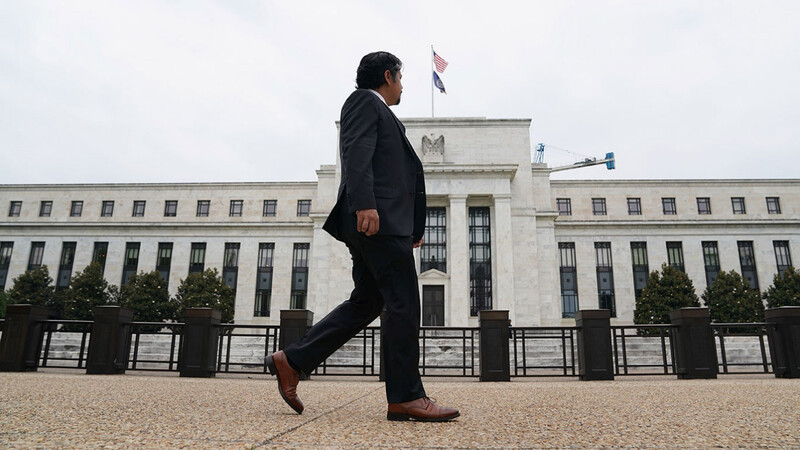
"The Fed should send a clear signal about plans to slow down the rate hike and its tone should be more cautious about the need for further tightening in order to provoke another wave of dollar decline in the coming week," MUFG analysts said.
If Powell downplays the importance of the FOMC's September forecasts, saying that they may change, it will be a hint that the final federal funds rate may exceed 5%. In this case, the greenback can end the week with growth.
Goldman Sachs strategists believe that the Fed may raise rates above 4.5-4.75%.
According to them, the path to raising rates to 5% includes a rise of 75 bps this week, 50 bps in December and 25 bps in February and March.
The bank named three reasons for the expectation of a rate hike by the Fed after February:
1. uncomfortably high inflation;
2. the need to cool the economy as monetary policy tightening ends and price-adjusted income increases;
3. prevention of premature softening of financial conditions.
The Fed's next rate hike by 75 bps has already been fully taken into account in the quotes, but uncertainty about what the central bank intends to do next supports the protective dollar to the detriment of the single currency.
Below 0.9875, support for EUR/USD is at 0.9835 (200-day moving average), and further – at 0.9800.
On the other hand, the 0.9960 mark (38.2% Fibonacci retracement level) forms the initial resistance on the way to 1.0000 (20-day moving average) and 1.0050.





















